[Newsbits] 8-11.02.2024: Deep Tech, Fentanyl Crisis, & More

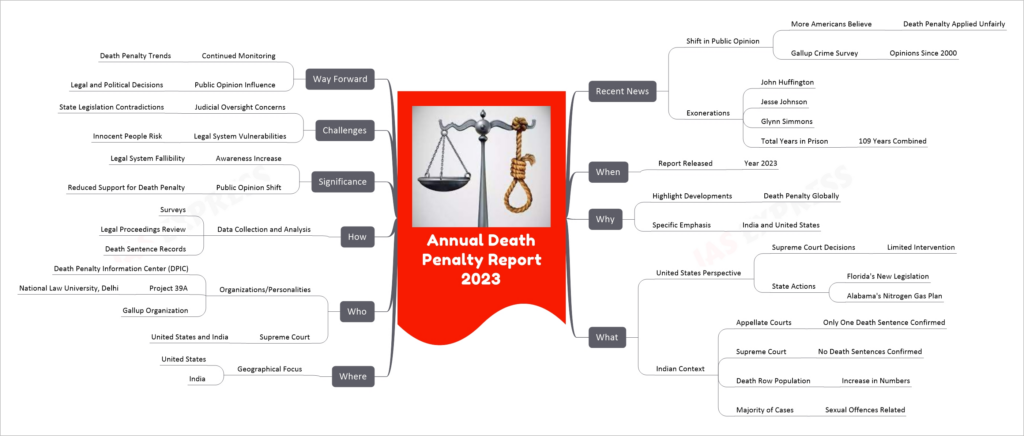
The Annual Death Penalty Report 2023 reveals significant shifts in public opinion and judicial practices regarding the death penalty. In the United States, there’s a growing perception of the death penalty being unfairly applied, with the Supreme Court showing limited intervention in death penalty cases. Meanwhile, in India, a notable decline in death sentence confirmations by appellate courts is observed, indicating a cautious approach towards capital punishment. The report underscores a global trend of decreasing support for the death penalty, driven by concerns about legal system fallibility and the risk of executing innocent individuals.
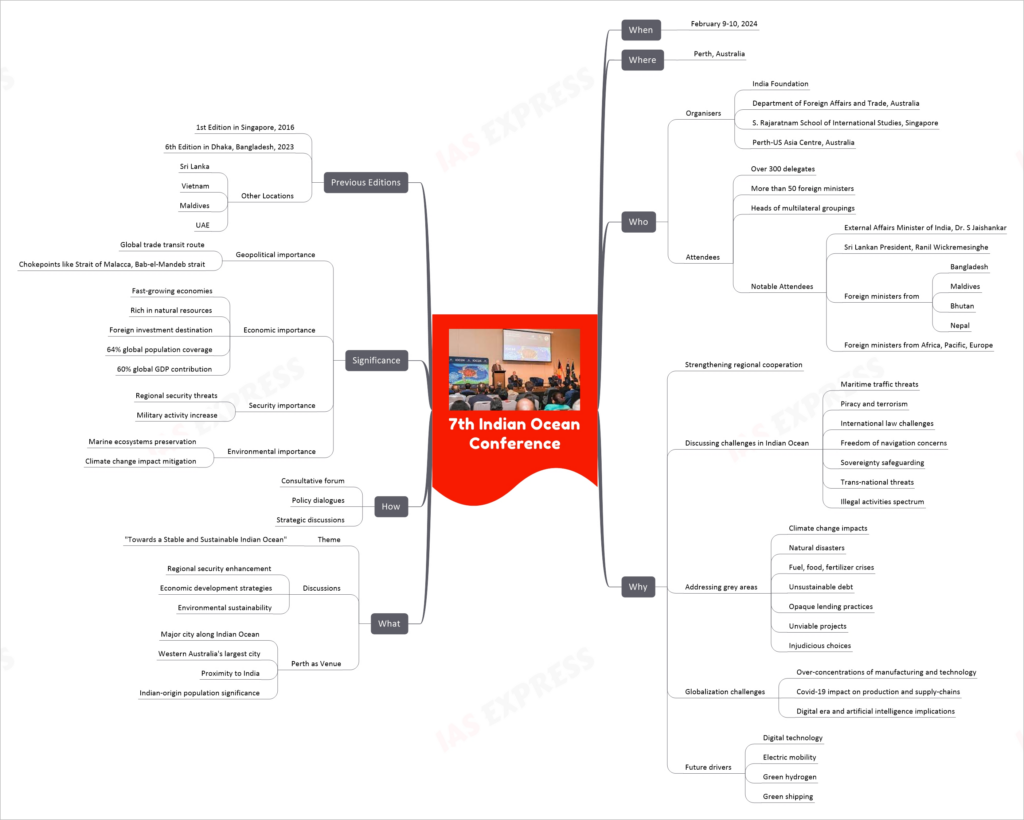
The 7th Indian Ocean Conference, held on February 9-10, 2024, in Perth, Australia, aimed at fostering regional cooperation in the Indian Ocean and addressing various challenges such as maritime threats, climate change, and globalization impacts. Organized by the India Foundation and other international bodies, the conference gathered over 300 delegates, including foreign ministers and heads of multilateral groupings. Discussions focused on enhancing regional security, economic development, and environmental sustainability, emphasizing the Indian Ocean’s geopolitical and economic significance. The event also sought to chart a roadmap for future drivers like digital technology and green energy sources.
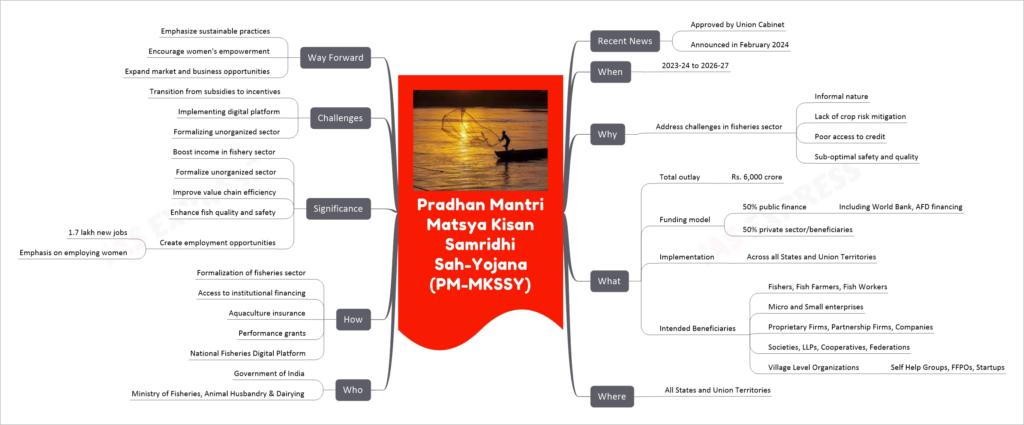
The Pradhan Mantri Matsya Kisan Samridhi Sah-Yojana (PM-MKSSY) is an initiative by the Indian government, aimed at transforming and formalizing the fisheries sector. Launched with an outlay of Rs. 6,000 crores, it focuses on supporting fisheries micro and small enterprises. The scheme targets a range of beneficiaries including fishers, aquaculture farmers, and related micro-enterprises. It aims to address sectoral challenges like informal operations, risk mitigation, and access to credit. A key feature is the implementation of a National Fisheries Digital Platform to streamline processes. The PM-MKSSY is significant for its potential to boost income, formalize the sector, improve value chain efficiencies, and create numerous job opportunities, particularly for women.
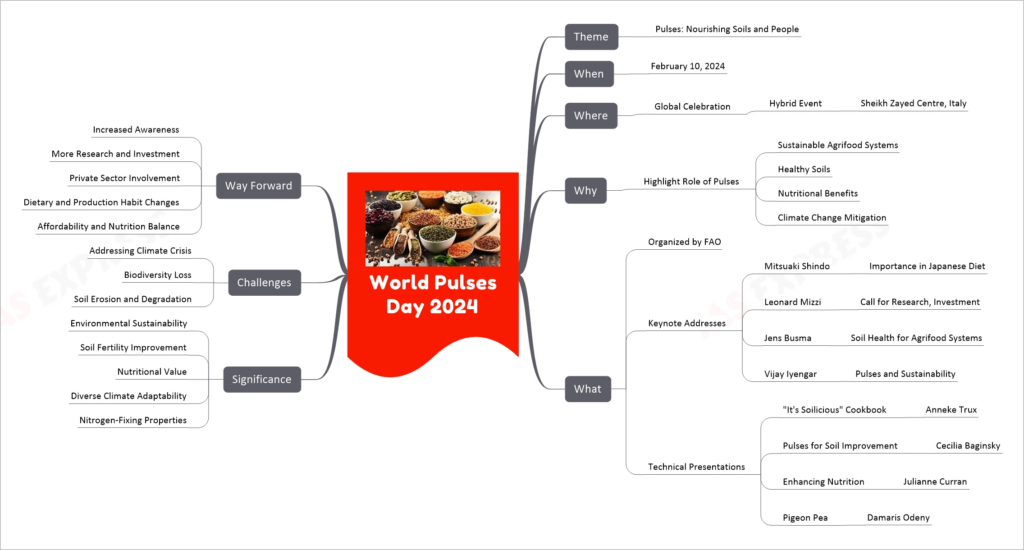
World Pulses Day 2024, celebrated under the theme “Pulses: Nourishing Soils and People”, emphasizes the importance of pulses in improving soil health and providing nutrition. This global event, organized by the FAO, includes discussions on the environmental benefits of pulses, their role in sustainable agriculture, and their nutritional value. Experts from various fields contribute their insights, highlighting the need for more research, investment, and involvement from the private sector to promote pulses. The event also addresses global challenges such as climate change, biodiversity loss, and soil degradation, proposing pulses as a part of the solution.
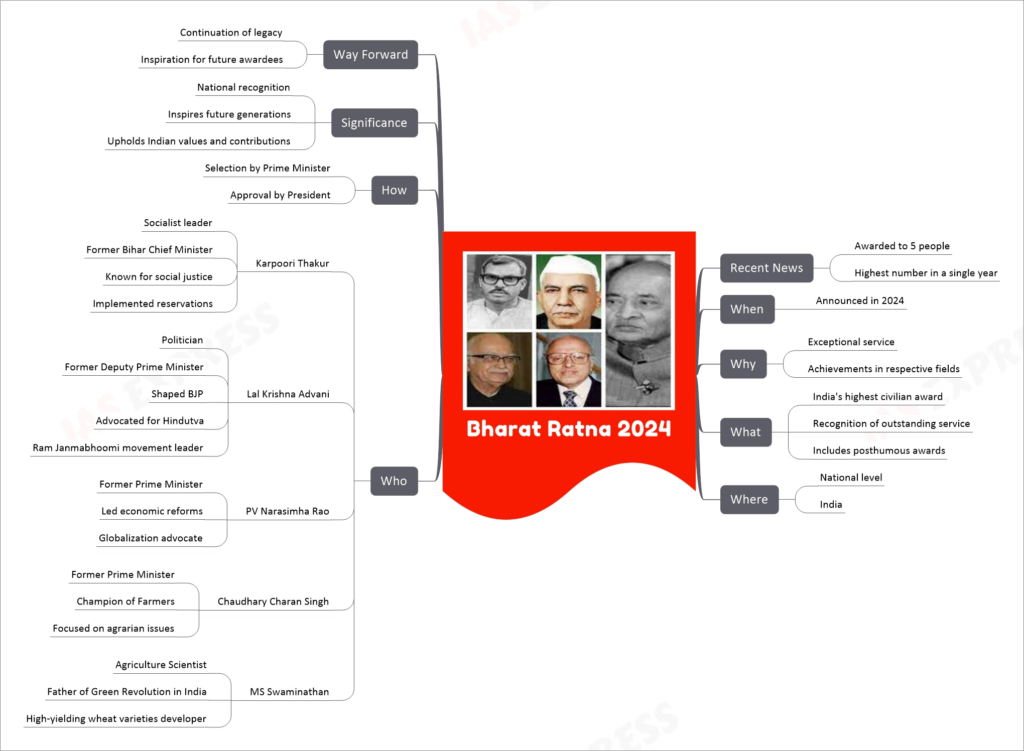
The Bharat Ratna Awards in 2024 hold a special significance as it marks the highest number of recipients in a single year, with five distinguished individuals being honored. This year’s awardees include notable personalities like socialist leader Karpoori Thakur, former Deputy Prime Minister Lal Krishna Advani, former Prime Ministers PV Narasimha Rao and Chaudhary Charan Singh, and agricultural scientist MS Swaminathan. These awards, which are India’s highest civilian honors, recognize exceptional service and achievements in various fields, contributing to the socio-political and economic fabric of the nation. The selection of these awardees is based on their outstanding contributions to society, and the honor serves as a beacon of inspiration for future generations.

The NASA DC-8 Flying Laboratory is a highly modified Douglas DC-8 jetliner that serves as a flying science laboratory under NASA’s Airborne Science Program. Operating for over 25 years from NASA’s Armstrong Flight Research Center in Palmdale, California, this aircraft has executed a variety of Earth science missions across six continents, including ice field studies in Antarctica. Its missions cover a wide range of scientific fields, such as archaeology, meteorology, and biology, focusing on activities like sensor development, satellite sensor verification, and data collection for space vehicle launches and re-entries. The DC-8 has been instrumental in campaigns like the AS-CENDS for atmospheric CO2 measurement and detailed studies of pyrocumulonimbus clouds. As it ages, there are considerations for potential replacements, with the Boeing 767-200ER and U.S. Navy P-8 being top contenders due to their capabilities and efficiencies.
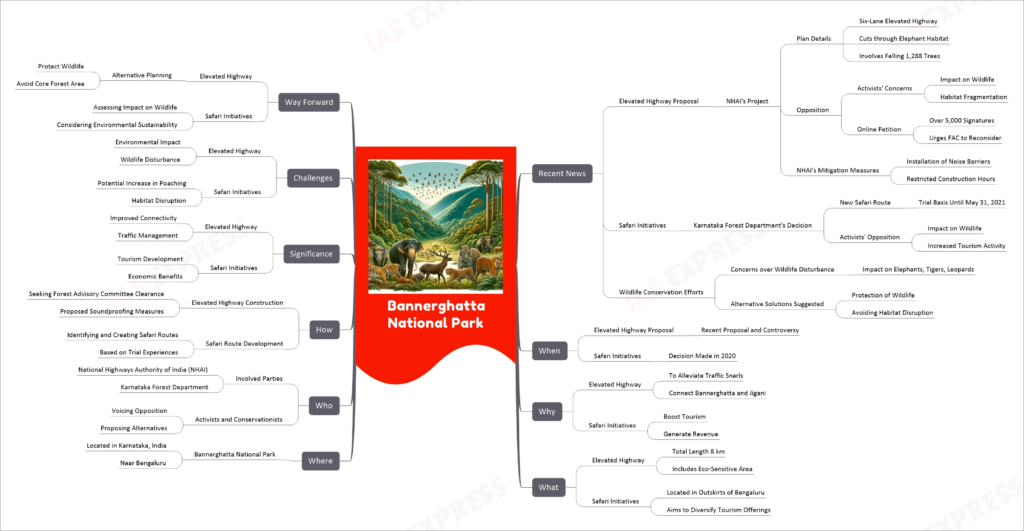
Bannerghatta National Park, located in Karnataka, India, is currently at the center of a controversial proposal by the National Highways Authority of India (NHAI) to construct a six-lane elevated highway. This project has raised significant concerns among activists and conservationists due to its potential impact on the park’s wildlife and ecosystem. The highway plan involves cutting through the elephant habitat and felling 1,288 trees. In response, an online petition has gathered over 5,000 signatures urging the Forest Advisory Committee (FAC) to reconsider the project. Conservation efforts are focused on protecting the park’s wildlife, including elephants, tigers, and leopards, and finding solutions that balance infrastructure development with environmental conservation.
Additionally, the Karnataka Forest Department’s decision to start new safari routes within the park has been met with opposition from activists. They argue that increased tourism activity could negatively affect the wildlife and natural habitats, raising concerns about the potential increase in poaching and habitat disruption.
Overall, the situation at Bannerghatta National Park illustrates the complex balance between development, conservation, and tourism, highlighting the need for careful consideration of the environmental impact of such projects.

The Future Circular Collider (FCC) is an ambitious project undertaken by CERN to succeed the Large Hadron Collider. Its primary goal is to explore particle physics at much higher energies and intensities than its predecessor. The FCC consists of two main components: the electron-positron collider (FCC-ee) and the hadron collider (FCC-hh). The construction is planned to start post-2035, with the first stage of the collider operational after 2045 and the second stage in the 2070s. The project aims to extend the existing infrastructure’s life and deepen our understanding of the Universe. The FCC faces challenges such as high construction costs, energy consumption, and political and international cooperation hurdles.
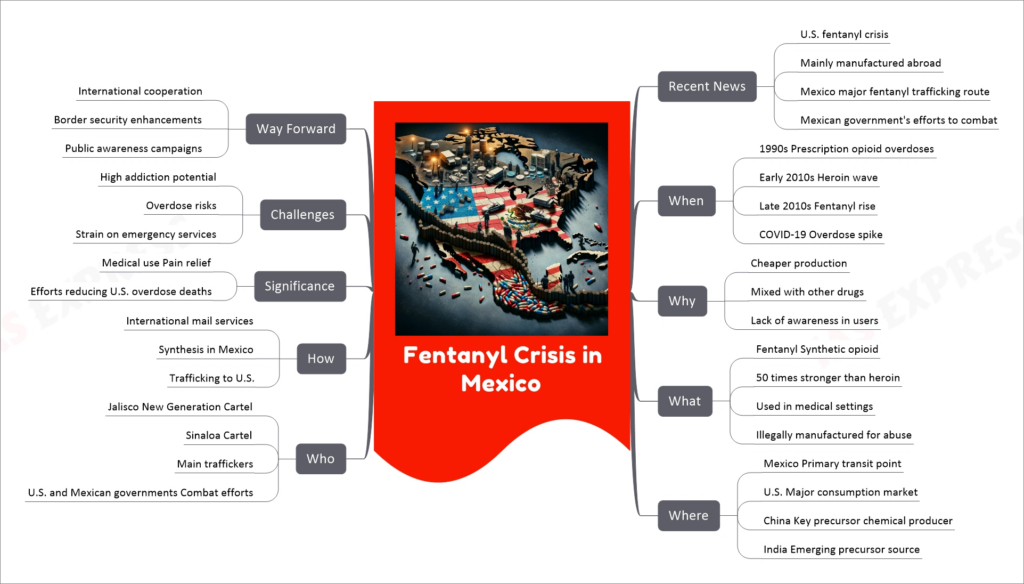
The fentanyl crisis in Mexico is a significant challenge, affecting both Mexico and the U.S. Fentanyl, a synthetic opioid far stronger than heroin, has become a major cause of overdose deaths. The drug is primarily produced abroad, with Mexico being a key transit point for trafficking into the U.S. Both Mexican and U.S. governments are actively trying to combat this crisis, focusing on seizing illegal shipments and reducing drug consumption. The problem is compounded by fentanyl being mixed with other drugs, often without users’ knowledge, leading to a high risk of accidental overdoses.
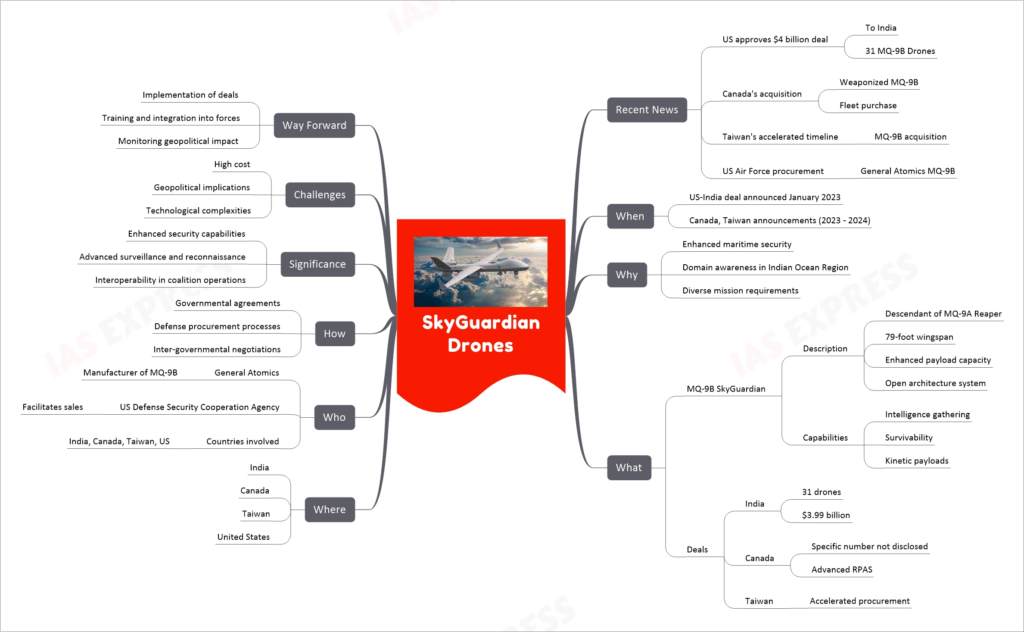
The MQ-9B SkyGuardian drones, developed by General Atomics, have recently garnered significant global interest, particularly from countries like India, Canada, and Taiwan. The US has approved a major $4 billion deal to sell 31 MQ-9B drones to India, enhancing its maritime security in the Indian Ocean Region. Canada and Taiwan are also procuring these drones, reflecting their utility in diverse missions, including surveillance and reconnaissance. The MQ-9B, an advanced variant of the MQ-9A Reaper, features a 79-foot wingspan, enhanced payload capacity, and an open architecture system, making it suitable for complex operational environments. These acquisitions underscore the growing importance of advanced drones in global defense and surveillance strategies, despite the challenges of high costs and technological complexities.
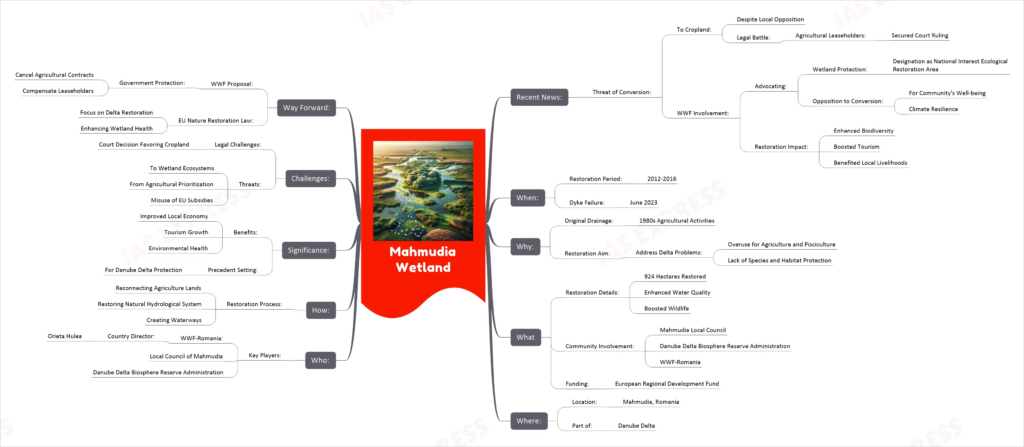
The Mahmudia Wetland, a part of the biodiverse Danube Delta in Romania, has undergone a significant transformation over the past decade. Initially drained for agricultural use in the 1980s, it was restored to a wetland between 2012 and 2016 through a collaborative effort involving WWF-Romania, the local council of Mahmudia, and the Danube Delta Biosphere Reserve Administration. This restoration, covering 924 hectares, not only improved the area’s biodiversity and water quality but also boosted the local economy, particularly in tourism and fishing.
However, a recent legal and environmental conflict has arisen. In June 2023, a dyke failure led to the flooding of additional farmland, expanding the wetland. Despite the local community’s preference to maintain this expanded wetland, agricultural leaseholders won a court ruling to convert it back to cropland. This decision threatens the entire wetland ecosystem, including the parts restored with EU funds. WWF-Romania has been advocating for the Romanian government to protect the wetland by designating it as a ‘national interest ecological restoration area.’ This would allow for the annulment of agricultural contracts and compensation of leaseholders from national funds. The situation in Mahmudia highlights the challenges in balancing agricultural development with environmental conservation, especially in ecologically crucial areas like the Danube Delta.

The Indian government has issued draft guidelines aimed at making cinema halls more accessible for individuals with hearing and visual impairments. These guidelines, applicable to feature films certified by the Central Board of Film Certification (CBFC), mandate the inclusion of accessibility features like audio descriptions, open/closed captioning, and Indian Sign Language. Film producers are required to submit two versions of their films for certification – the original and a modified version with these features. The implementation schedule varies, with films dubbed in multiple languages needing to comply within six months and others within three years. This initiative is a significant step towards inclusive cinema, aligning with the Rights of Persons with Disabilities Act, 2016, and promotes equality in the movie-going experience.
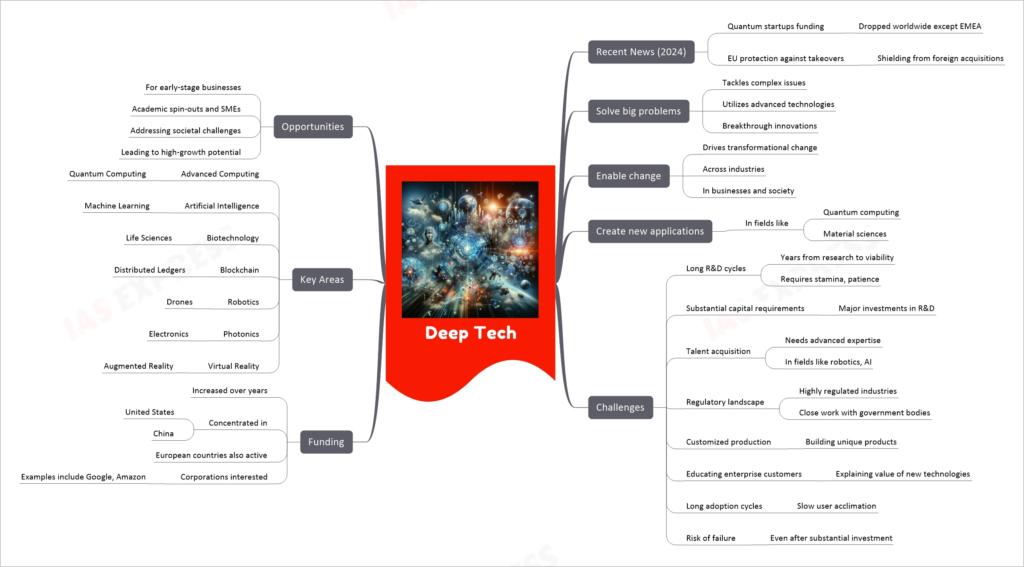
Deep Tech refers to a category of advanced technologies focused on solving complex and challenging issues, leading to transformational changes across various industries and society. These technologies include fields like quantum computing, AI, robotics, biotechnology, and blockchain. Deep tech ventures are characterized by long R&D cycles, substantial capital requirements, and the need for specialized talent. The funding landscape for deep tech has evolved, with increased investments in the US, China, and Europe. Recent trends show a growing interest in deep tech, especially in areas like quantum computing and AI. Challenges for deep tech startups include navigating regulatory landscapes, educating customers about new technologies, and managing the risk of failure after extensive investment.
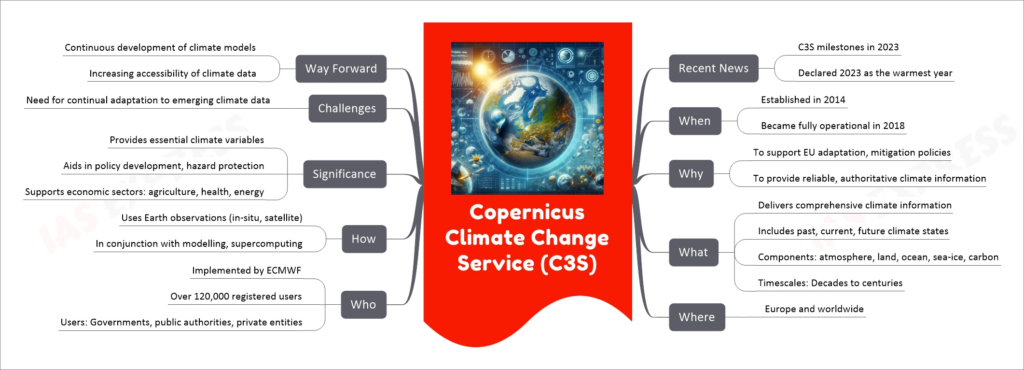
The Copernicus Climate Change Service (C3S), established under the EU’s Copernicus Programme and operated by the ECMWF, plays a crucial role in understanding and addressing climate change. It provides in-depth and validated climate information, spanning from historical data to future projections, and is essential for policy-making, scientific research, and public awareness. C3S is not just a data repository; it’s a dynamic tool aiding in crucial decision-making processes across various sectors affected by climate change.

In summary, the Tribal Affairs Amendment Bills 2024 are significant legislative measures aimed at updating the lists of Scheduled Tribes in Andhra Pradesh and Odisha. These amendments are crucial for ensuring that the tribal communities are adequately represented and can access government welfare schemes effectively. The inclusion of new communities and particularly vulnerable tribal groups (PVTGs) highlights India’s ongoing efforts to recognize and address the diverse needs of its tribal population.
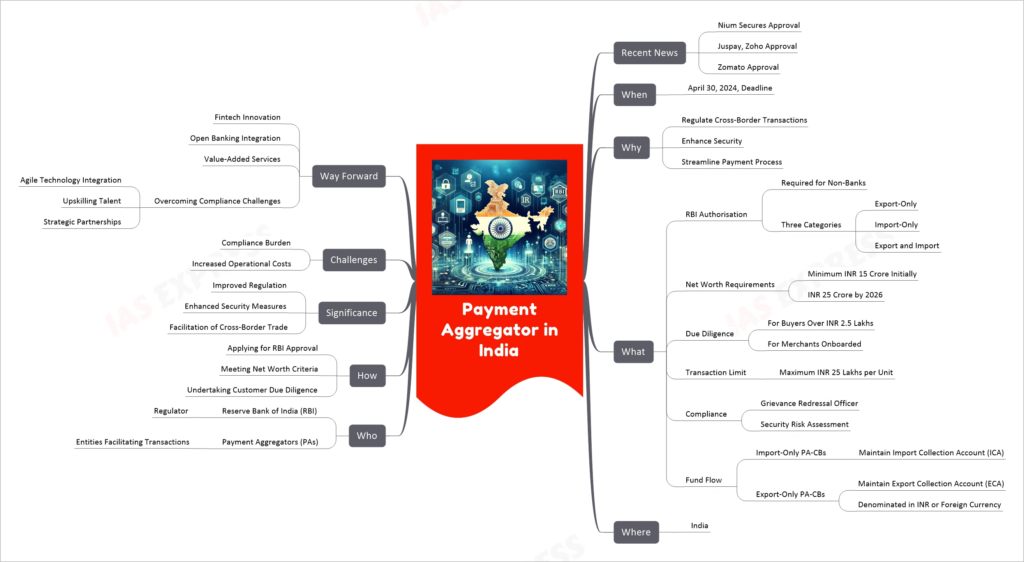
Payment Aggregators (PAs) in India are entities that facilitate online payments and transactions. The Reserve Bank of India (RBI) has set regulations requiring these aggregators to obtain authorization, meet specific net worth criteria, and conduct thorough due diligence on transactions and merchants. This regulatory framework aims to enhance the security and streamline the process of cross-border transactions. Payment Aggregators must comply with various requirements, including maintaining Import Collection Accounts (ICA) for import-only transactions and Export Collection Accounts (ECA) for export-only transactions. The future of Payment Aggregators in India looks towards fostering fintech innovation, deeper open banking integrations, and offering value-added services, despite facing challenges in compliance and operational costs.
